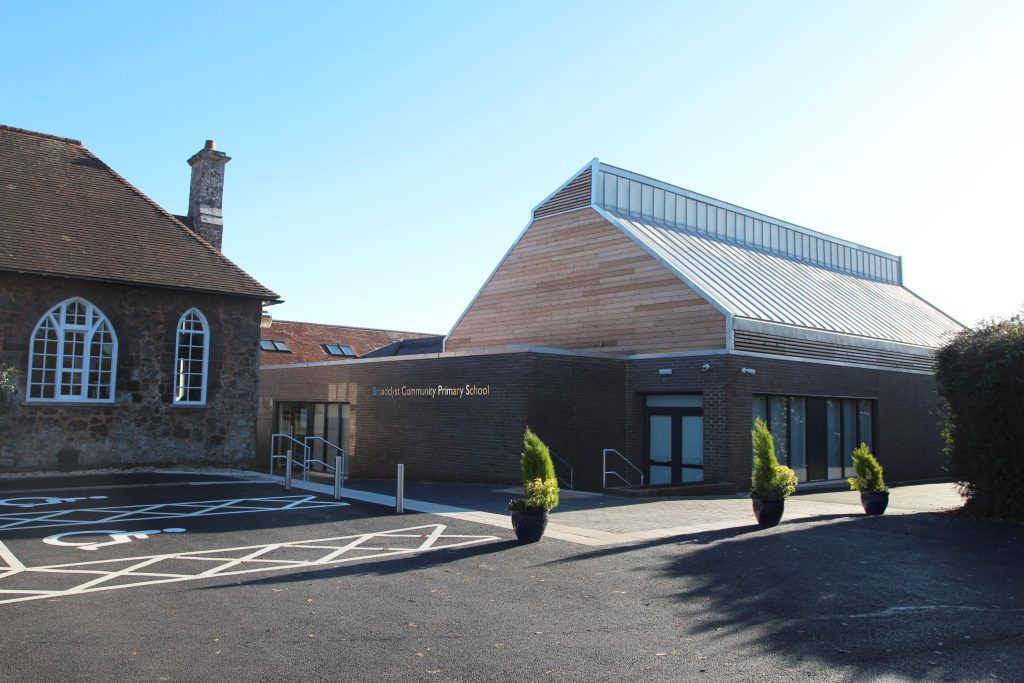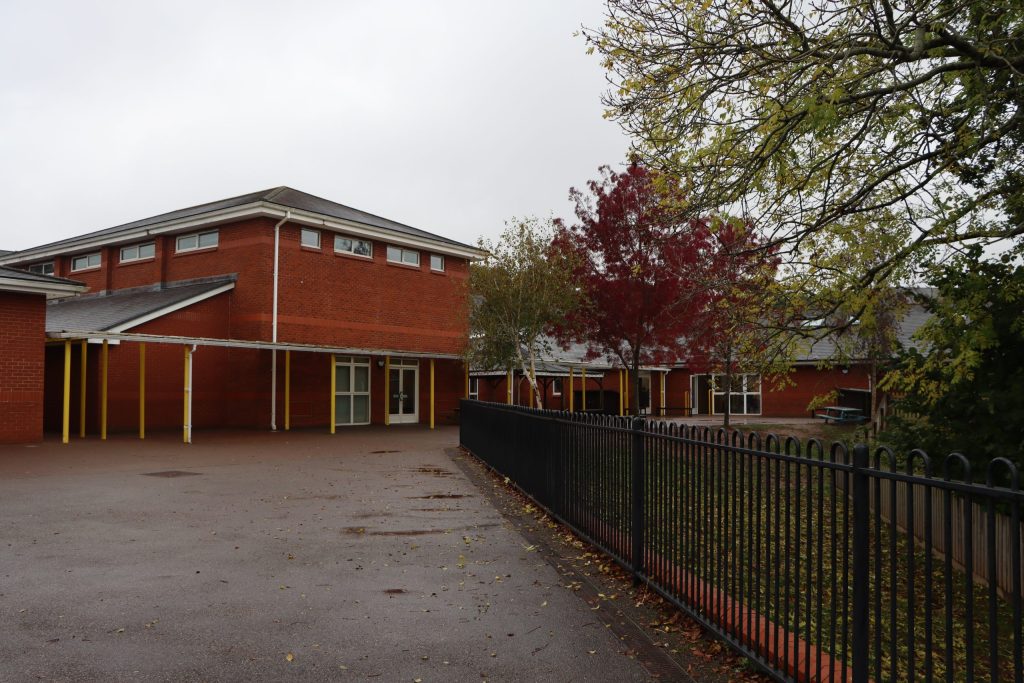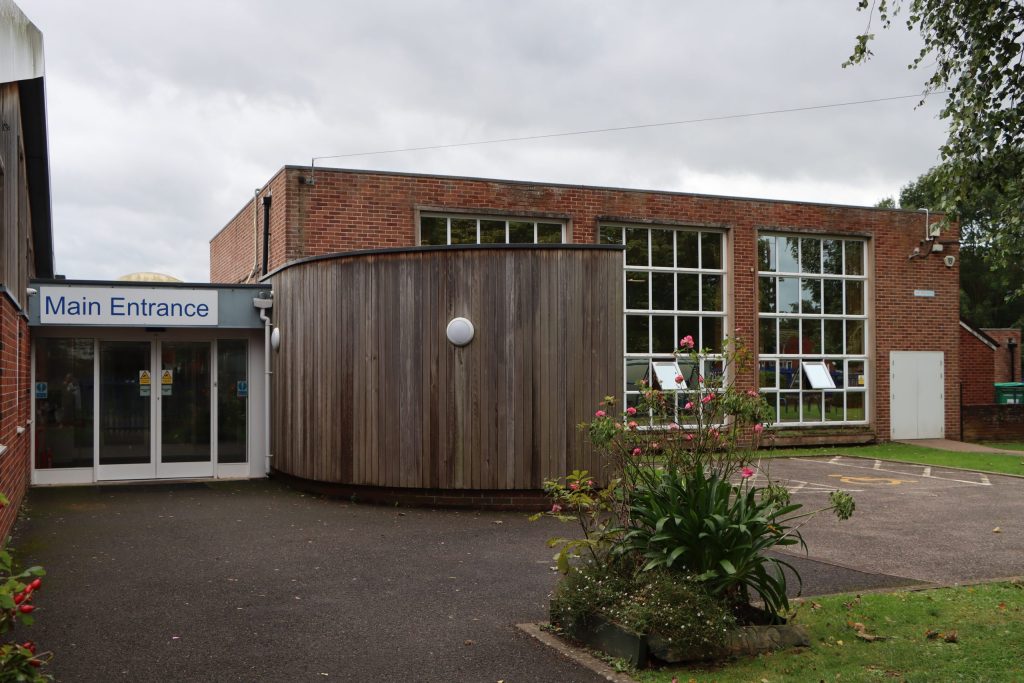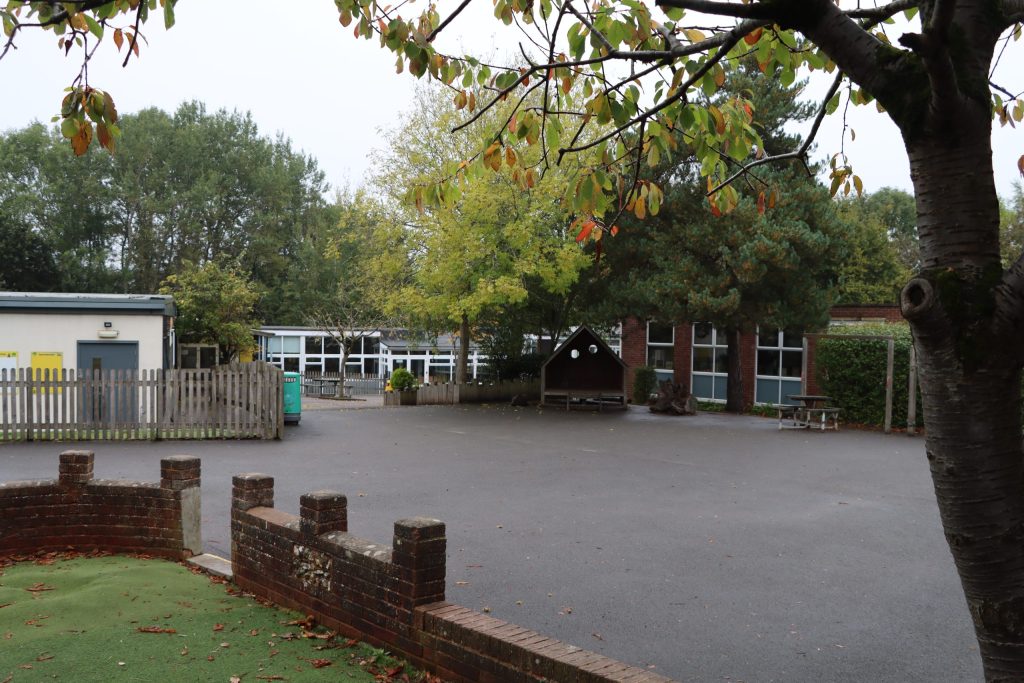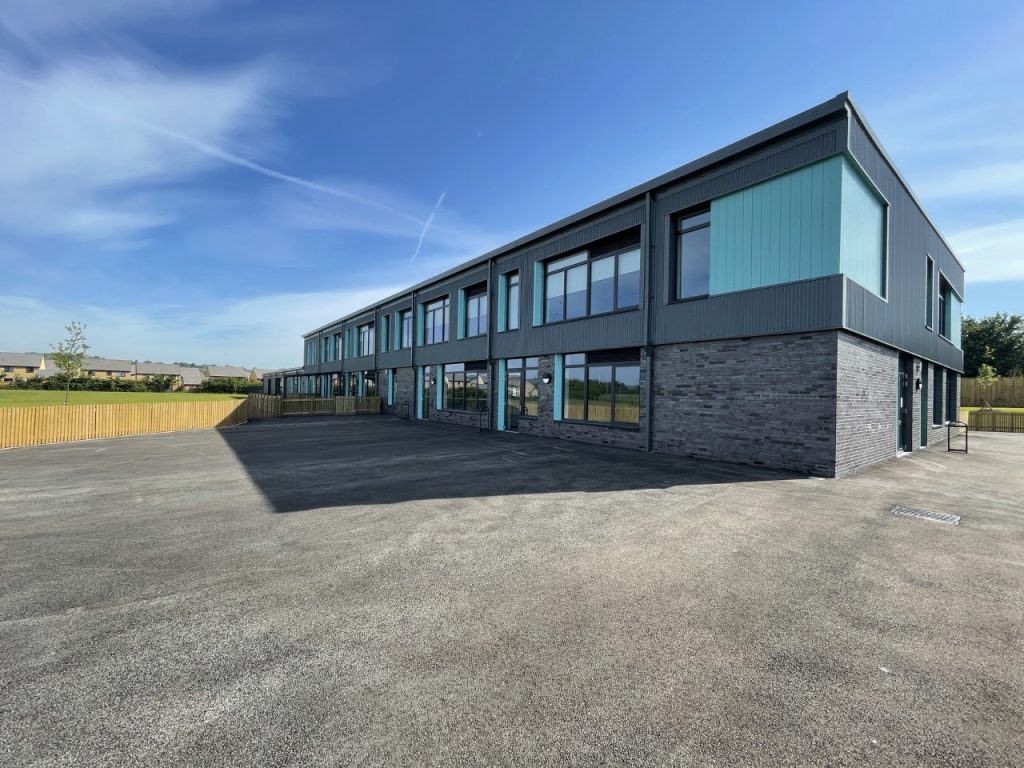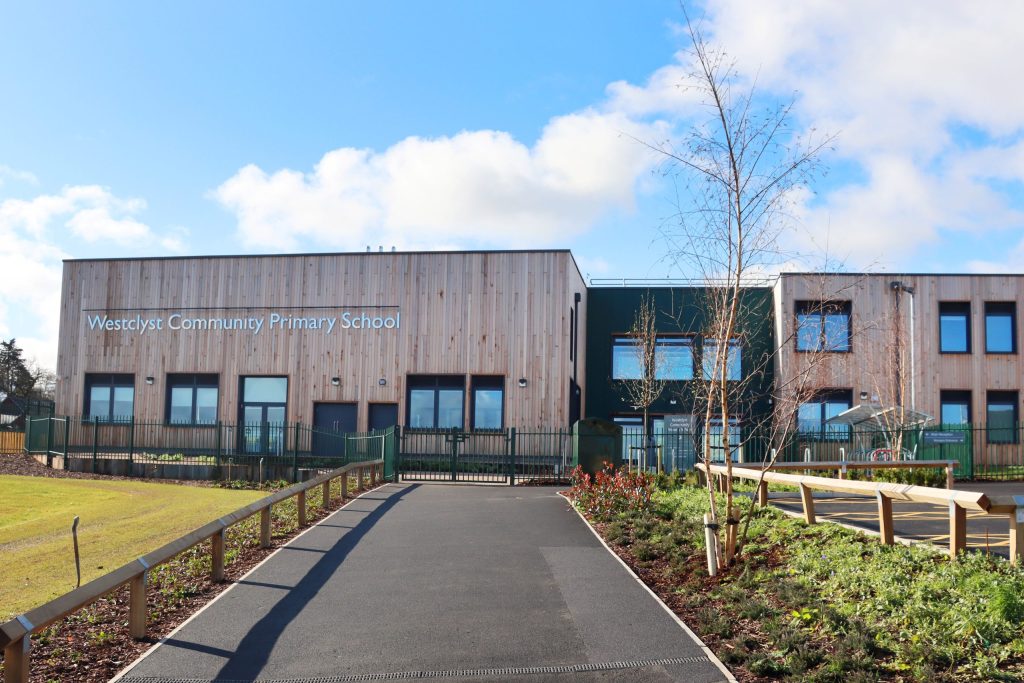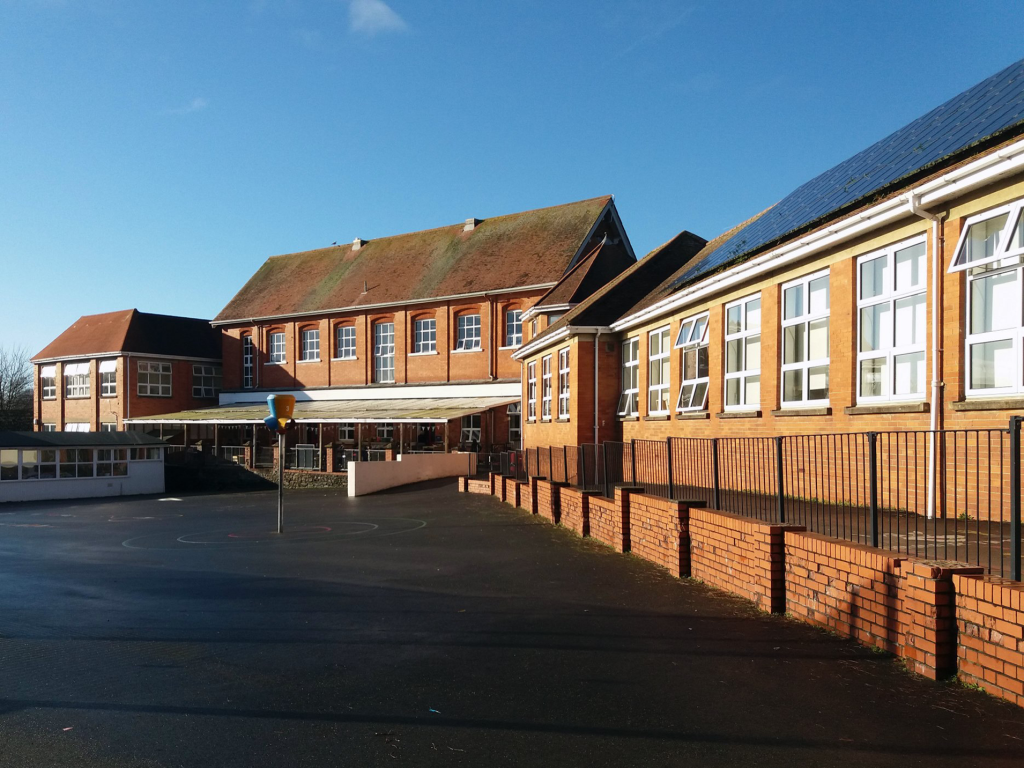Music
Music curriculum provides a rich and progressive learning experience from the early years to Year 6. Children explore singing, listening, composing, and performing through diverse musical styles, instruments, and traditions. Using high-quality schemes such as Charanga and Sing Up, pupils develop essential musical skills including rhythm, pitch, tempo, and notation. From tuned percussion in EYFS to ukuleles, violins, recorders, and samba in later years, each child has hands-on opportunities to create and enjoy music. The curriculum also promotes confidence, collaboration, and creativity through performances, ensemble work, and digital music projects.
Nursery
In Nursery, pupils are introduced to music through joyful and interactive experiences. They explore rhythm, pitch, and sound using their voices, instruments and movement. Children sing familiar nursery rhymes and songs, join in with call and response games and begin to keep a steady beat. They use simple percussion instruments to explore different sounds and enjoy moving to music in creative ways. Music is woven into daily routines and story times, helping children to develop listening skills, memory, and confidence in expressing themselves through sound and movement.
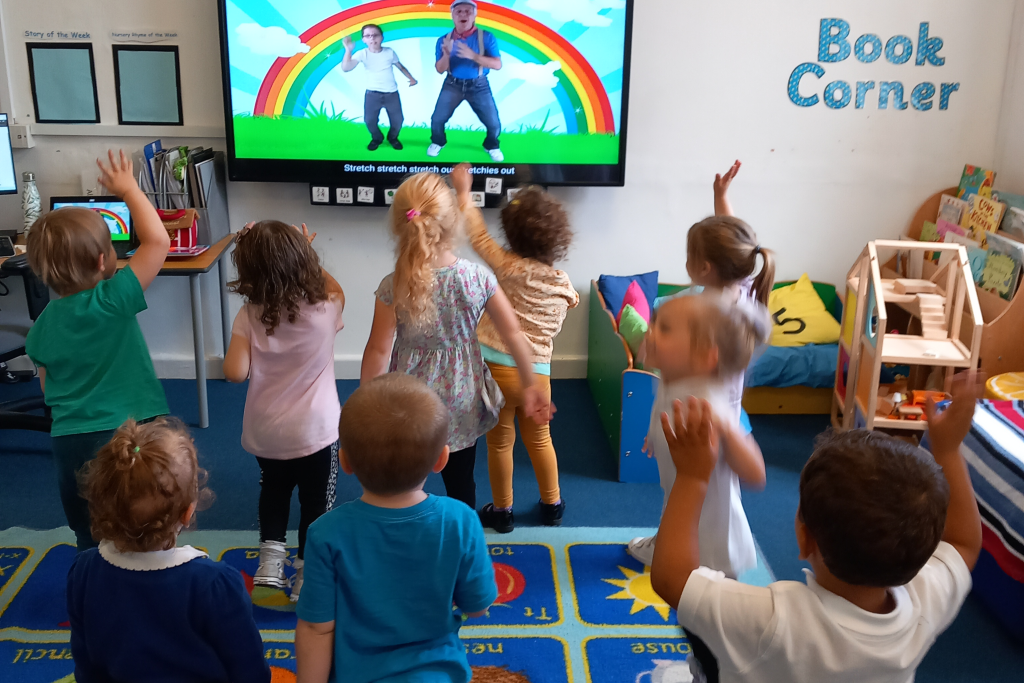
Expressive Arts and Design
The development of children’s artistic and cultural awareness supports their imagination and creativity. It is important that children have regular opportunities to engage with the arts, enabling them to explore and play with a wide range of media and materials. The quality and variety of what children see, hear and participate in is crucial for developing their understanding, self-expression, vocabulary and ability to communicate through the arts. The frequency, repetition and depth of their experiences are fundamental to their progress in interpreting and appreciating what they hear, respond to and observe.
Reception
In Reception, pupils build on their early musical experiences by exploring a wider range of songs, rhythms, and instruments. They learn to sing in tune, follow musical patterns, and perform simple compositions using classroom instruments. Children explore musical styles such as funk and classical, and they begin to understand musical elements like tempo, dynamics, and pitch. Through singing, dancing, and performing, pupils develop confidence, coordination, and creativity. Music is also linked to topics and celebrations, giving children opportunities to perform for others and enjoy music as a shared experience.
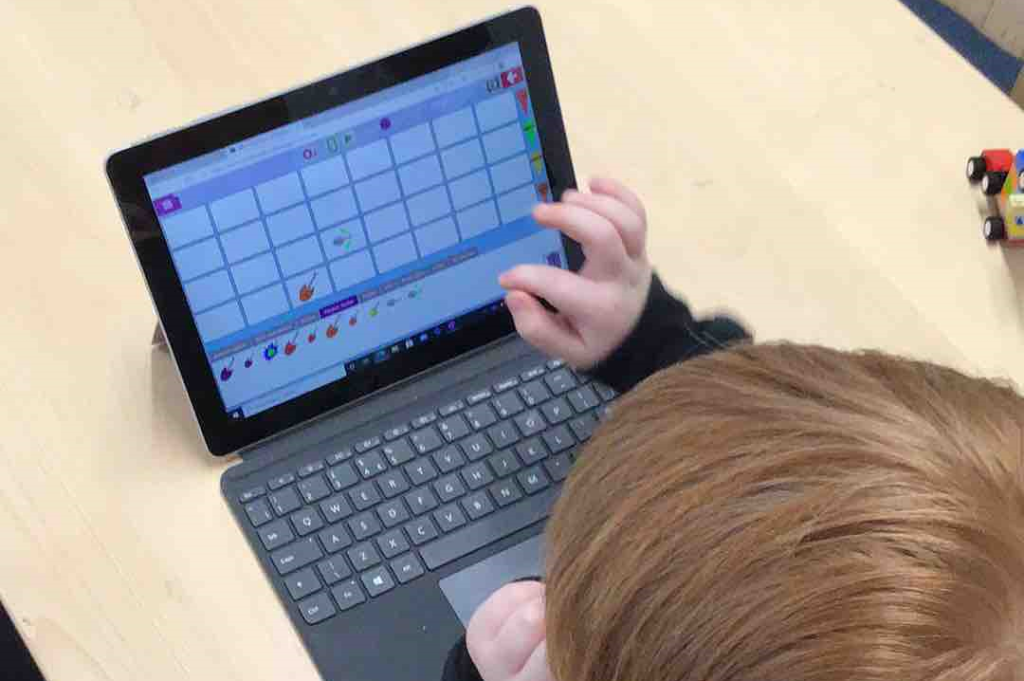
Expressive Arts and Design
The development of children’s artistic and cultural awareness supports their imagination and creativity. It is important that children have regular opportunities to engage with the arts, enabling them to explore and play with a wide range of media and materials. The quality and variety of what children see, hear and participate in is crucial for developing their understanding, self-expression, vocabulary and ability to communicate through the arts. The frequency, repetition and depth of their experiences are fundamental to their progress in interpreting and appreciating what they hear, respond to and observe.
Year 1
In Year 1, children explore music through singing, rhythm, and movement. They learn about beat, pitch, and tempo through fun and varied styles such as hip hop, reggae, and classical. Using instruments, they create sound stories and explore how music can express feelings and ideas. They also begin to understand musical structure through games and improvisation. All children take part in the EYFS and KS1 choir, where they sing together weekly and perform at events such as the nativity, school concerts, and the summer picnic, celebrating music as a joyful part of school life.
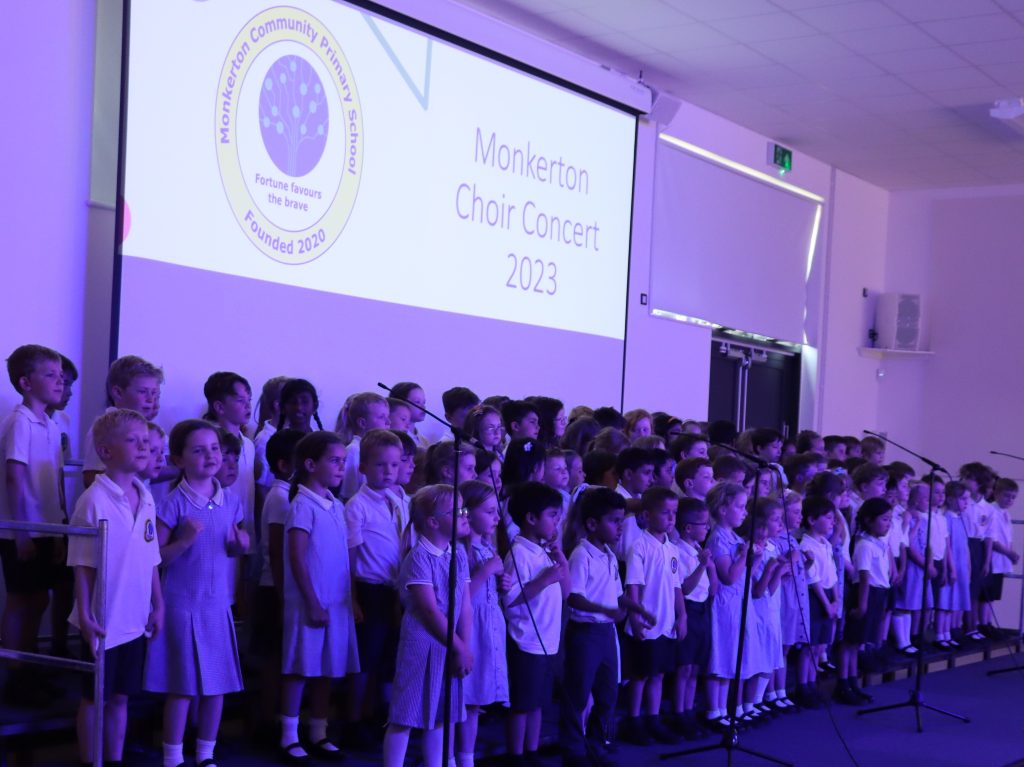
- Listen to and respond to a range of musical styles (e.g., Old School Hip Hop, Reggae, Blues, Baroque, Latin, Bhangra, Folk, Funk, Bossa Nova, Pop, Classical)
- Explore pulse, rhythm, pitch, tempo, and dynamics through singing, rapping, dancing, and playing instruments.
- Improvise and create music using imagination and different musical elements.
- Perform and share music, including creating stories through sounds.
- Begin to talk about how music makes them feel and how it is used in different cultures and contexts.
Year 2
In Year 2, children explore music through singing, instruments, and digital tools. They use handbells, boomwhackers, and djembe drums, learning to create rhythms and perform in class ensembles. They explore different musical styles, including samba and African Fanga, and use Chrome Music Lab to compose and experiment with sound. Through games and storytelling, they learn about tempo, pulse, notation, and how music can express different emotions. All children take part in the EYFS and KS1 choir, performing at school concerts, the nativity, and the summer picnic, building confidence and a love of music through shared performance.
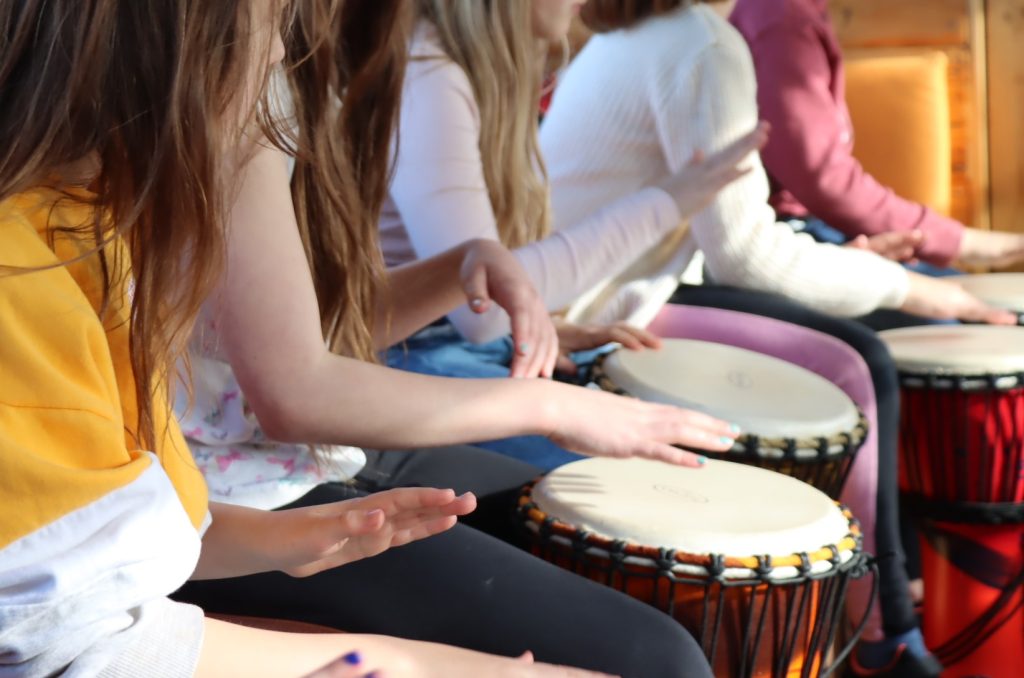
- Listen to and explore a variety of musical styles (e.g., Afro-pop, South African, Rock, Reggae, Pop, Classical)
- Develop skills in singing, playing, improvising, and composing music.
- Explore musical stories and songwriting, and learn about music for festivals and celebrations.
- Use musical language to describe and discuss music, including patterns, tempo, dynamics, and history.
- Perform, reflect, and review their own and others’ music.
Year 3
In Year 3, children embark on their musical journey by learning to play the ukulele, which introduces them to the basics of chords, strumming, and melody. Through practical activities, they develop a strong sense of rhythm and pitch, laying the foundation for confident performance. Music theory is explored in a hands-on way, helping pupils understand notation, tempo, and musical structure. Digital composition projects encourage creativity and problem-solving, as children experiment with layering sounds and creating their own pieces. Collaborative music-making builds teamwork and listening skills, while solo performances nurture independence and self-expression. By the end of the year, children have improved their technical abilities and gained a deeper appreciation for music as both an art form and a means of communication.
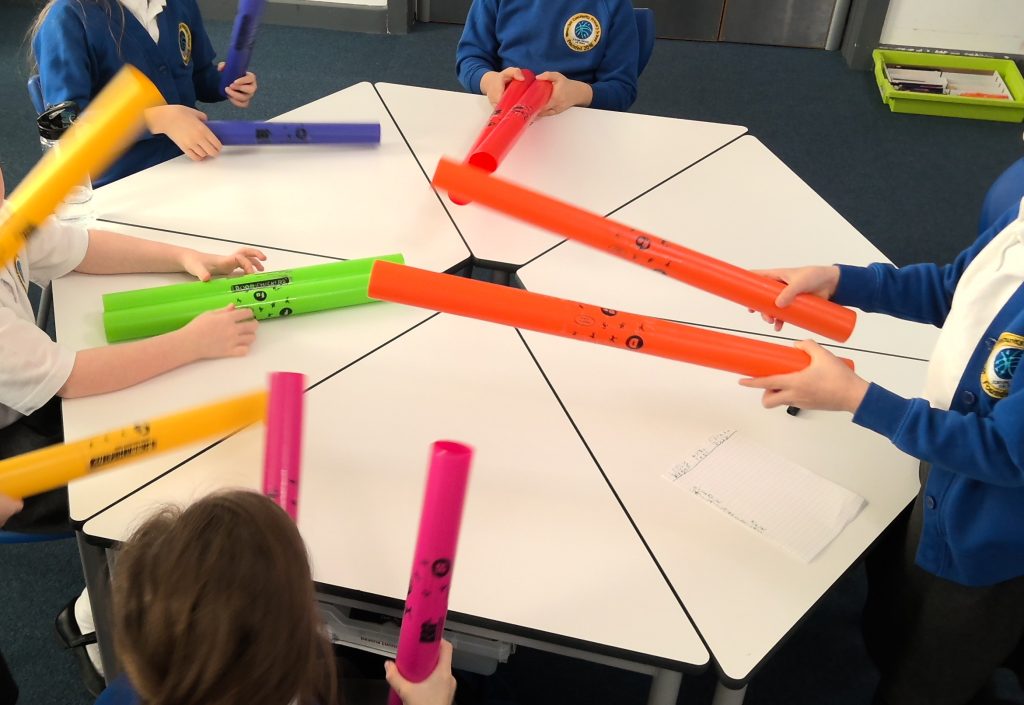
- Sing a variety of unison songs with expression and accurate pitch.
- Perform actions and keep a steady beat, adjusting tempo as needed.
- Explore Baroque, Romantic, and 21st Century classical music, funk, and Indian classical traditions.
- Invent short musical responses and structure ideas using echo or question-and-answer phrases.
- Create rising and falling phrases with three notes and compose accompaniments using untuned percussion.
- Play melodies on tuned percussion or ukulele, perform in groups, and copy melodic phrases at different speeds.
- Learn about the stave, lines, spaces, and clef; use dot notation and understand crotchets and quavers.
Year 4
In Year 4, children deepen their musical understanding through whole-class violin or brass lessons, developing instrumental skills and ensemble awareness. They build on their knowledge of music theory, learning to read and interpret notation with increasing confidence. Practical activities challenge pupils to listen closely, adjust their playing, and solve musical problems as a group. Performing in ensembles helps children refine their sense of pitch, rhythm, and musical structure, while also fostering teamwork and communication. Creative tasks encourage experimentation with sound and expression, supporting both technical and artistic growth. By the end of the year, children are able to perform with greater accuracy and musicality, and have a stronger foundation for future musical learning.
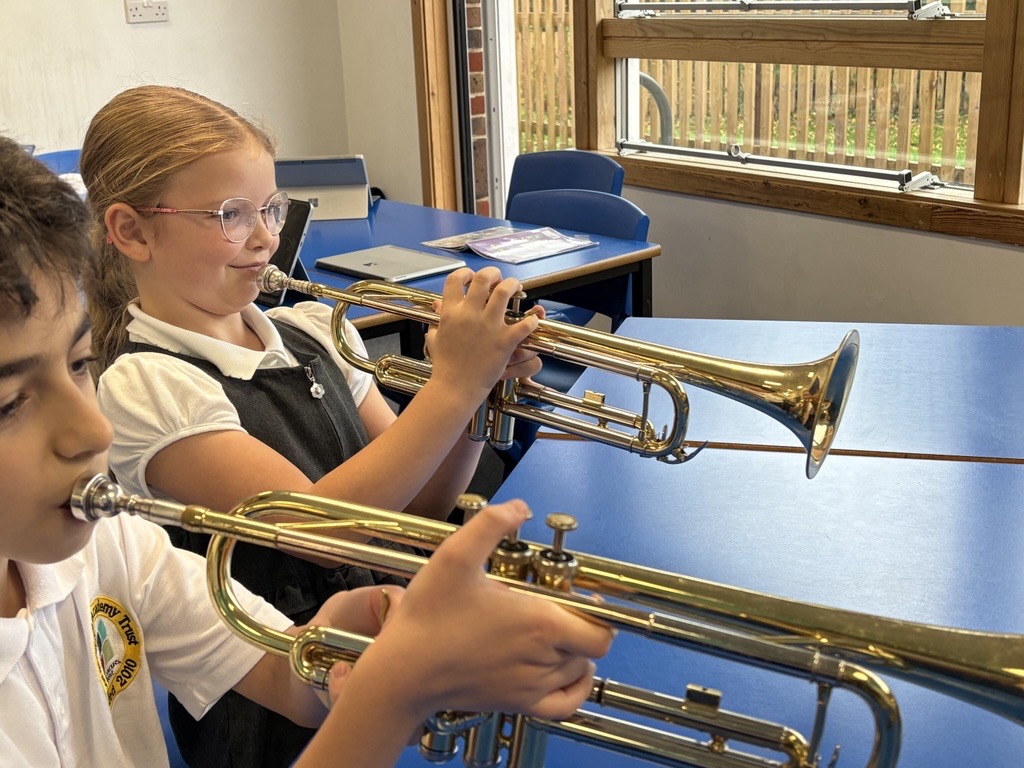
- Sing a wide range of songs with accurate pitching and dynamic control.
- Perform rounds, partner songs, and harmonies in assemblies.
- Explore Classical, Jazz, Indie, and World music traditions.
- Improvise using legato and staccato, making decisions about structure and mood.
- Create short pentatonic phrases and arrange them using known rhythmic notation.
- Compose music to evoke specific moods and record ideas with notation or technology.
- Develop skills on tuned instruments, perform melodies and accompaniments, and play by ear.
- Take part in ensemble performances, identifying melody and accompaniment roles.
- Read and perform pitch and rhythm notation, including minims, crotchets, quavers, and rests.
- Maintain individual parts within an ensemble and follow rhythmic scores.
Year 5
In Year 5, children expand their musical skills by learning to play the recorder and toot, building confidence in instrumental technique and ensemble playing. They explore digital music creation, experimenting with sound layering and composition using technology. Pupils deepen their understanding of musical notation, learning to read and write music with greater accuracy. Engaging activities help them master dynamics and articulation, encouraging expressive performance and attentive listening. Collaborative projects foster teamwork and problem-solving, as children work together to create and refine musical pieces. By the end of the year, pupils demonstrate increased technical ability, creativity, and a strong grasp of how music is structured and performed.
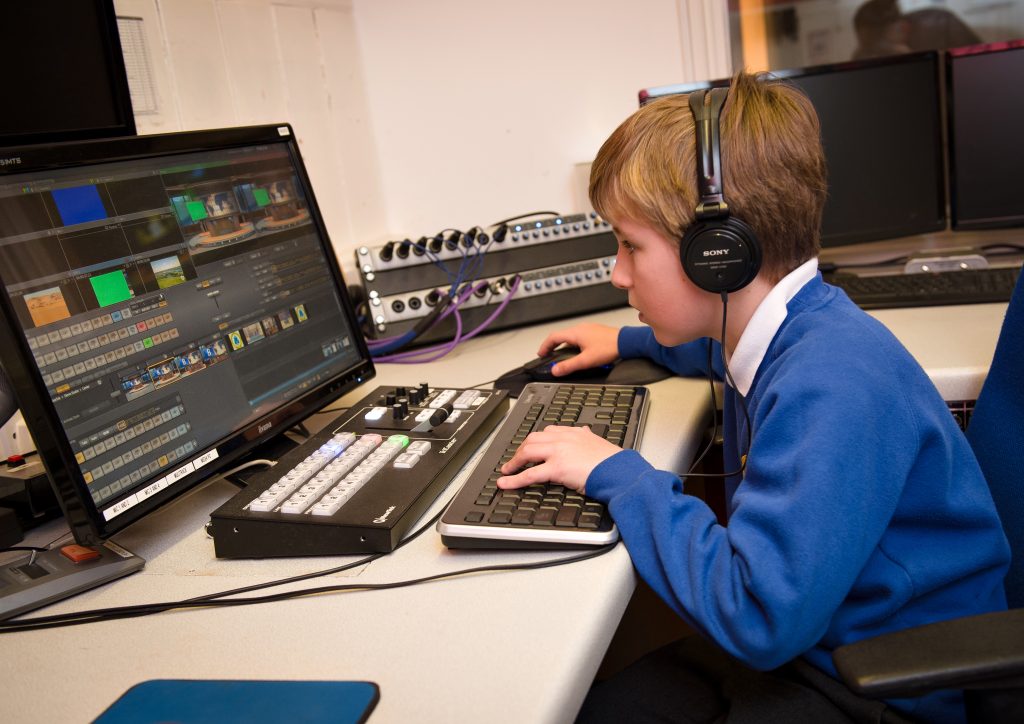
- Sing a variety of songs with accurate pitching and ensemble awareness.
- Perform in rounds and school events.
- Explore Western Classical, Popular, and World music traditions.
- Improvise melodies and rhythms using tuned percussion and respond to musical cues.
- Compose short pieces using pentatonic scales and record ideas with notation or technology.
- Play melodies and accompaniments on a range of instruments, including recorders and toots.
- Take part in ensemble performances.
- Develop skills in reading pitch and rhythm notation, including note names and durations.
Year 6
In Year 6, children refine their musical skills through dynamic samba drumming, xylophone improvisation, and creative digital composition. These activities challenge pupils to listen attentively, respond to musical cues, and collaborate effectively within an ensemble. Students deepen their understanding of musical structure, learning to recognise patterns, form, and stylistic features in a range of genres. They further develop their ability to read and interpret musical notation, preparing them for more advanced study in secondary school. Problem-solving is central, as children experiment with rhythm, melody, and harmony to create and perform original pieces. By the end of the year, pupils demonstrate confidence in performance, creativity in composition, and a strong grasp of the skills needed for future musical success.
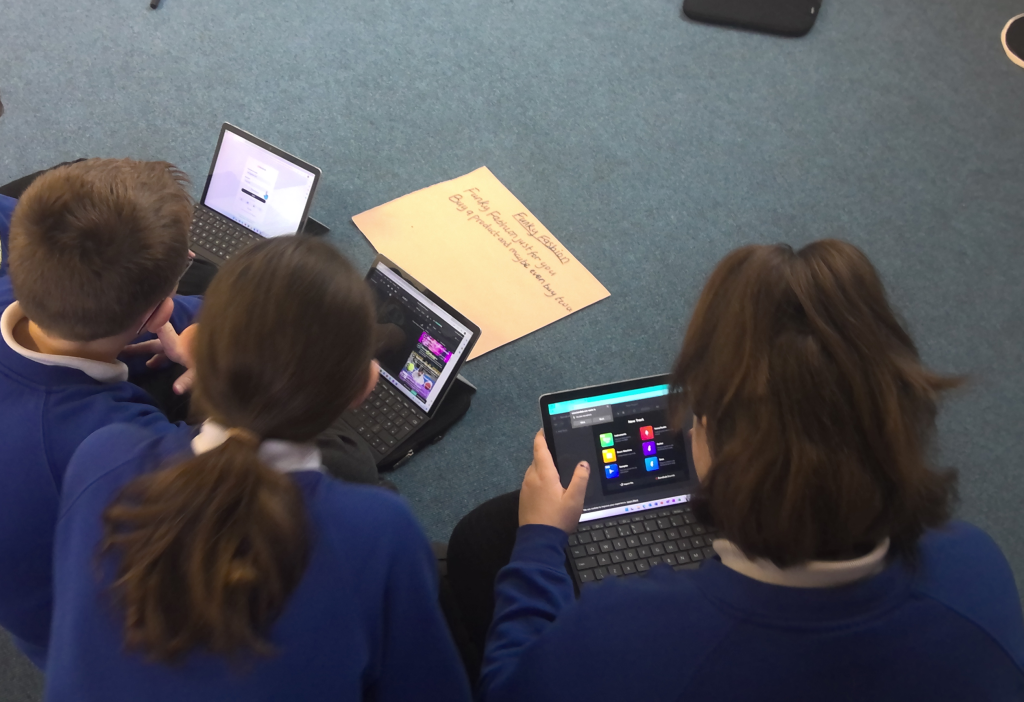
- Sing a wide range of songs, including those with syncopated rhythms.
- Perform in rounds and as a choir for school events.
- Explore Western Classical, Film, Popular, and Folk music from different cultures.
- Create music with repetition and contrast, using chord changes and extended melodies.
- Plan and compose melodic phrases using pentatonic scales and simple notation.
- Use music software to record and discuss musical contrasts.
- Play melodies and accompaniments using staff notation and a variety of instruments.
- Take part in ensemble playing, focusing on melody and accompaniment roles.
- Develop skills in reading pitch and rhythm notation, including note names and durations.
Contact: admin@tcat.education
Phone: 01392 304040
© The Cornerstone Academy Trust 2025



